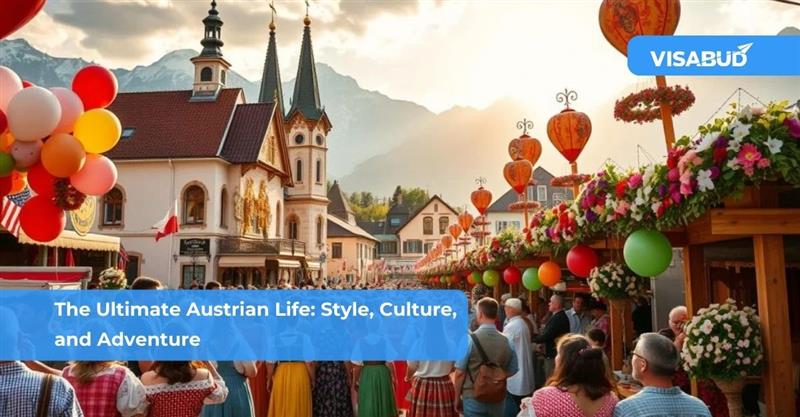Vatican City Travel Guide: All you need to know to visit Vatican City in 2025
Welcome to Vatican City
Vatican City country information
Vatican City is a city-state located within the city of Rome, Italy. It is the smallest independent state in the world and the spiritual center of the Catholic Church.
Geography and climate
It covers an area of just 0.49 square kilometers (0.19 square miles) and is the smallest state in the world by both coverage and population. Due to its location in central Italy, Vatican City has a Mediterranean weather pattern with mild winters and hot, dry summers. The mean temperature in January, the frosty month, is around eight °C (46°F), while the average temperature in August, the hottest month, is about 25°C (77°F). Vatican City experiences significant rainfall throughout the year, with the wettest periods being October and November. Despite its small size, Vatican City is home to several gardens and parks, including the famous Vatican Gardens, which cover around half of the country’s total area.
Population
Vatican City has a population of approximately 800 people, making it the smallest state in the world in terms of population. Most of the population comprises religious officials, including cardinals, bishops, and priests.
Language
The formal language of Vatican City is Latin, which is used for official documents and religious ceremonies. However, Italian is the primary language used by the residents of the Vatican and is also used in official communications and everyday life. Many Vatican officials and employees also speak other languages, such as English, Spanish, and French, to communicate with visitors worldwide.
Government
Vatican City is an ultimate monarchy, with the Pope as its head of state. The Pope has full legislative, executive, and judicial powers in Vatican City. The Vatican also has its diplomatic corps and issues passports, license plates, and postal stamps.
Economy
In addition to its reliance on donations, Vatican City has a small-scale industrial sector that produces mosaics, furniture, and other handicrafts. The state also has a small financial sector, including a bank and a stock exchange. Agriculture is also a small but significant sector, with the Vatican producing fruits and vegetables in its gardens. Despite its small size, Vatican City has a high standard of living, with a low unemployment rate and a high per capital income.
Culture and Religion
Vatican City is a small independent nation in the world and the spiritual and administrative center of the Catholic Church. St. Peter’s Basilica, located in the heart of Vatican City, is one of the world’s largest and most famous churches, featuring breathtaking art and architecture by some of history’s greatest artists, including Michelangelo and Bernini. The Sistine Chapel, located within the Vatican Museums, is another iconic destination within Vatican City, with its magnificent frescoes painted by Michelangelo. While Latin is the formal language of the Vatican, Italian is also widely spoken, and visitors worldwide experience this unique city-state’s rich history and culture.
Tourism
Vatican City is known worldwide for its cultural and artistic heritage, attracting millions of tourists annually. The Vatican Museums, located within the city’s walls, are one of the world’s largest and most significant art collections. The museums house many paintings, sculptures, and other artwork throughout history, including masterpieces by famous artists like Michelangelo and Raphael. The Sistine Chapel, part of the Vatican Museums, is also a significant attraction, renowned for its iconic ceiling painted by Michelangelo depicting scenes from the Book of Genesis.
Transportation
Vatican City is a pedestrian-only zone, and cars are prohibited within city limits. The city is easily accessible by public transportation, including buses and trains. The closest airport is Rome’s Fiumicino Airport, approximately 30 kilometers (18 miles) from the Vatican.
History
Vatican City was established as an independent nation in 1929 by signing the Lateran Treaty between the Holy See and Italy. The treaty ended the “Roman Question,” a dispute over the sovereignty of the Pope’s territories in central Italy. Since then, Vatican City has remained an independent state and the spiritual and administrative center of the Catholic Church.
Related Articles

5 min read
The Ultimate Austrian Life: Style, Culture, and Adventure
Austria is a country that captivates with its rich cultural heritage, timeless traditions, stunning landscapes, and vibrant lifestyle. Whether you are a traveler in search of new experiences or someone
Read More
5 min read
How to Manage Money While Traveling
Traveling is undoubtedly one of the most rewarding experiences you can have, but managing your finances while on the road can be a daunting task. Whether you're embarking on an
Read More
5 min read
When Is the Best Time to Visit New Zealand?
New Zealand is a country known for its breathtaking landscapes and a wide range of activities to enjoy, making it a great destination no matter when you visit. The right
Read MoreVatican City is a popular tourist destination and can be crowded year-round. However, the best period to visit is during the off-season, from November to March, when there are fewer tourists and shorter lines.
You can apply for your Schengen visa 90 days before your departure date. Still, we suggest you submit your application at least 20 business days in advance because specific travel purposes may require additional processing time.
Schengen Visa must have an appointment to provide your biometrics and submit your visa documents.
Contact our Visa Experts and instantly apply for your visa with minimum documents and the lowest visa fee. There is no need to visit our office or deal with the embassy. We do it all for you.
An Italy Schengen visa enables travelers to visit all Schengen countries, including Italy, for up to 90 days.
